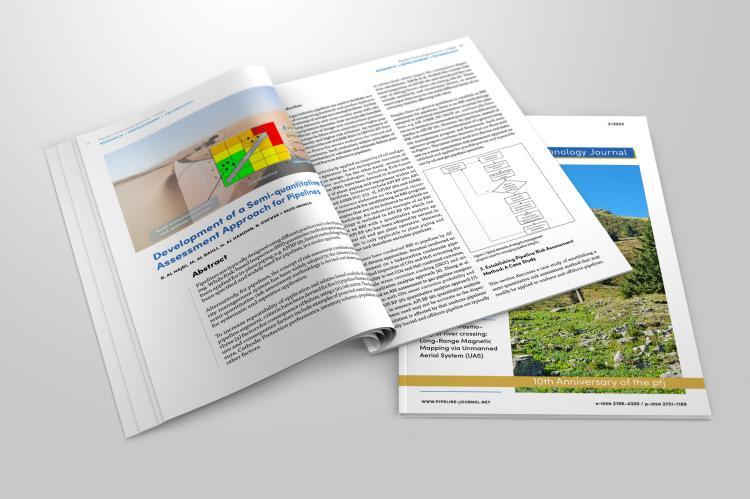Development of a Semi-quantitative Risk Assessment Approach for Pipelines

Pipelines are typically designed using different practices and codes than in-plant piping. While Risk-based Inspection (RBI) quantitative methodologies have evolved and been applied for in-plant piping, e.g. API RP 581, limited methodology framework has been specified and widely used for pipelines, in a similar approach.
Alternatively, for pipelines, the concept of risk assessment combined with an integrity management system has been widely adopted by the industry. In this work, a semi-quantitative risk assessment methodology is devised and showcased to allow for systematic and repetitive application.
To increase repeatability of application and relative-based analysis of risk for each pipeline segment, criteria have been devised for five (5) pipeline threats of failure and three (3) factors for consequence of failure, using a 5x5 risk matrix. The threats of failure and consequence factors include examples of projected metal loss, failure pressure, Cathodic Protection performance, inventory volumes, population density and other factors.
